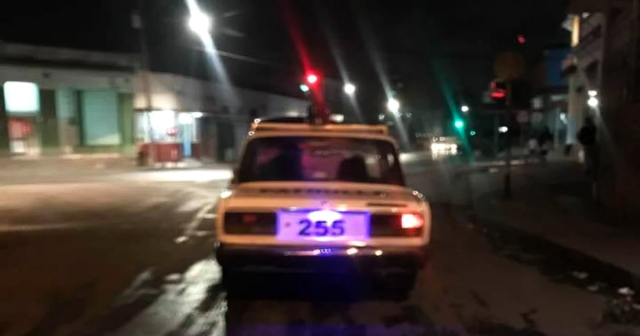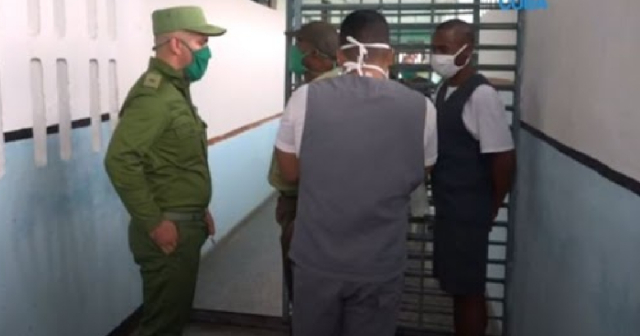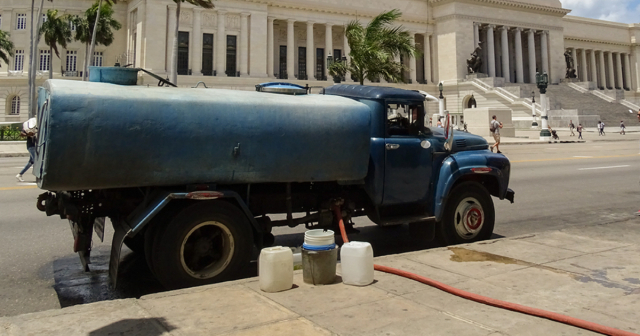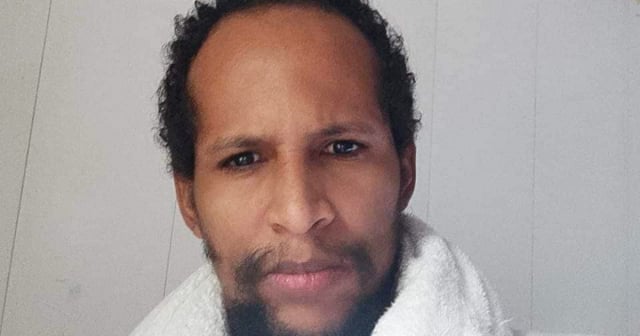Neighbors of San Miguel del Padrón, in Havana, desperate and outraged by the lack of water for more than two weeks, took to the streets to protest and blocked roads in their neighborhoods on Tuesday night.
Images circulating on social media show dozens of residents from the neighborhoods La Rosita and Siboney, in the municipality of Havana, gathering in the streets early in the evening in spontaneous demonstrations after being without basic services for more than 15 days.
In La Rosita, a crowd blocked traffic on the Calzada de Güines after 16 days without water in the neighborhood, according to several posts from Cubans on Facebook. The page La Tijera added that residents also protested due to the lack of milk for children.
"This is too much. No water, no electricity, nothing. We have nothing, and almost everyone is sick. This has gone too far," exclaimed Beatriz Jiménez during a live broadcast of the protest on Facebook.
"We have to protest and we have to stop traffic and we have to do it like this," the young woman expressed irritably, while showing the crowd gathered on the Calzada de Güines, blocking the passage of cars and buses.

In the videos, several people can be heard complaining angrily. "No one passes, damn it!" yells a man. The neighbors, including children, stood in the street, determined not to let vehicles pass until the authorities restore the water supply.
Another post from La Tijera also reflected the complaints of residents in Siboney, where there has been no water for more than 17 days.
"Neighbors from the Siboney district in San Francisco de Paula, in the San Miguel del Padrón municipality, went out to protest and closed the street after 17 days without water supply," the publication noted, accompanied by photos showing a barricade made with logs, branches, and other objects, which people set on fire to block vehicle passage.
This is the second protest in San Francisco de Paula in just over a week.
On the night of Saturday, August 24, residents of that locality took to the streets, banging pots and shouting "put on the water," to demand the supply of that resource, and also to protest the severe power outages they have been experiencing lately.
At the time of publishing this note, it is unknown whether the water supply has been restored in San Miguel del Padrón.
These protests come after several weeks of serious problems with the supply of drinking water in the Cuban capital and an increase in blackouts, due to the collapse of the National Electro-Energy System (SEN).
At the end of July, the company Aguas de La Habana reported that the city was still facing water supply issues following the breakdown that damaged the Cuenca Sur supply line, which the authorities attributed to a power outage.
Weeks earlier, protests were reported in the municipalities of Centro Habana, La Habana Vieja, and Diez de Octubre, after which the authorities restored the service or sent water trucks to alleviate the issue.
But the critical situation with water supply is not exclusive to the capital. In early July, the pipeline that connects the reservoirs of the northwest system with the Quintero water treatment plant, in the city of Santiago de Cuba, suffered a break and left 80% of the city without water service.
Neighborhoods in the Santiago capital, such as Chicharrones, have gone more than two months without water, and the residents themselves have been forced to pay for water trucks to partially alleviate the lack of the liquid, due to the authorities' failure to provide a solution.
The Cuban government acknowledged this Tuesday that more than 600,000 people in the country are affected by water supply issues, according to a note from the official newspaper Granma.
In several provinces, more than 30,000 customers are reported to be without service; this is the case in Pinar del Río, Artemisa, Santiago de Cuba, Granma, Villa Clara, Cienfuegos, and Holguín. However, the situation in Havana is even more concerning, as over 130,000 people do not receive water.
José Antonio Hernández Álvarez, president of the Water and Sanitation Business Group, affiliated with the National Institute of Hydraulic Resources, attributed the problem to "the breakage of a significant amount of pumping equipment and the situation of the National Electroenergetic System," as the main causes, according to the official account.
The official claimed that "regardless of the will of the Electric Union, sometimes the availability of generation or the instability of the SEN prevents the protection of the circuits that house the supply equipment."
In addition, he argued that "the sudden starts and stops, as well as the variations in voltage and frequency of the energy systems, cause collateral damage."
What do you think?
SEE COMMENTS (2)Archived in:






